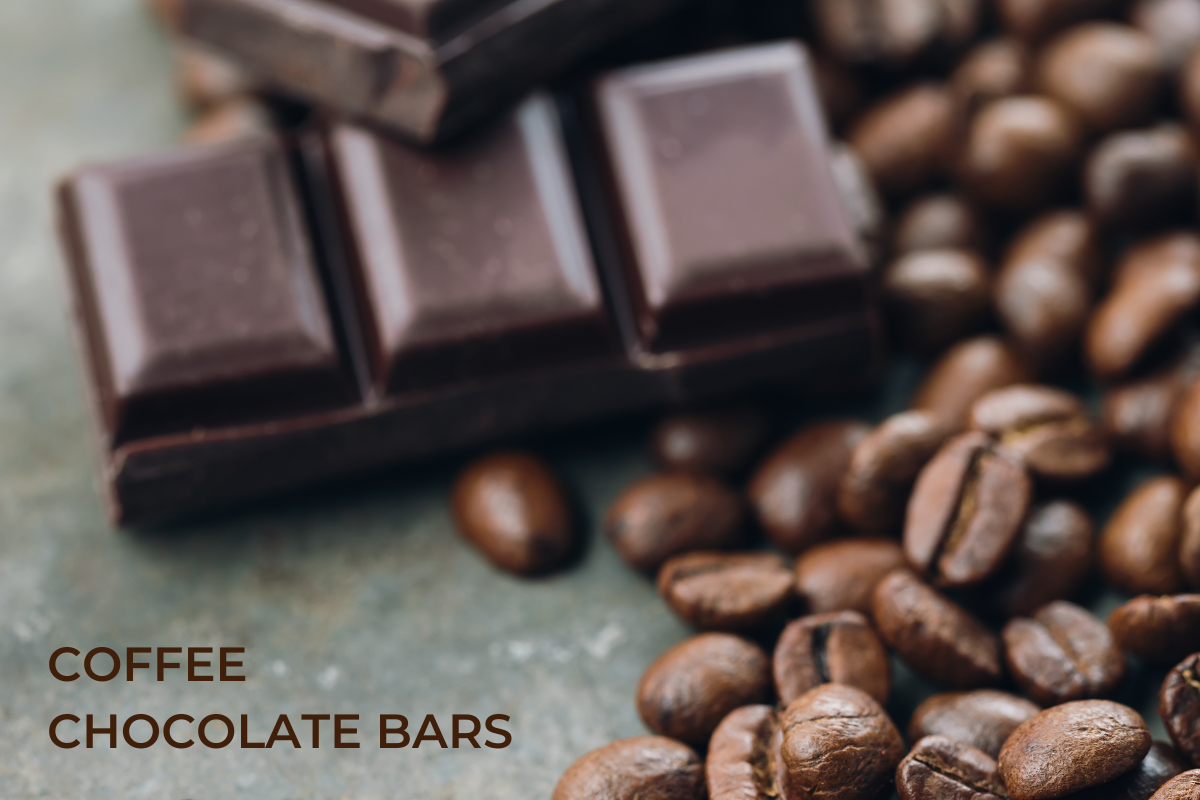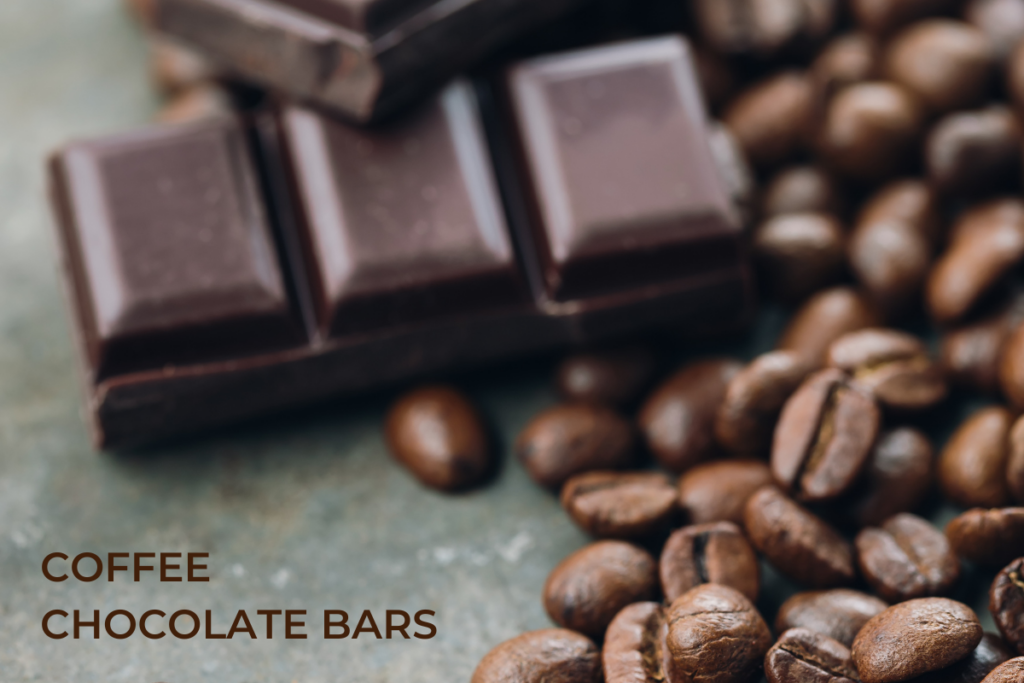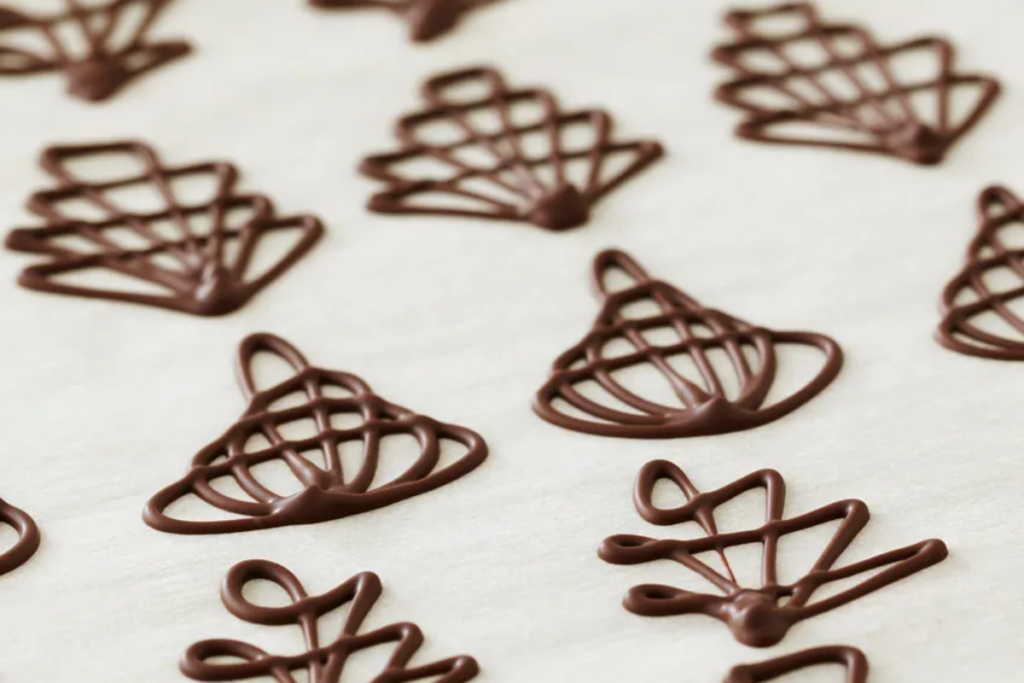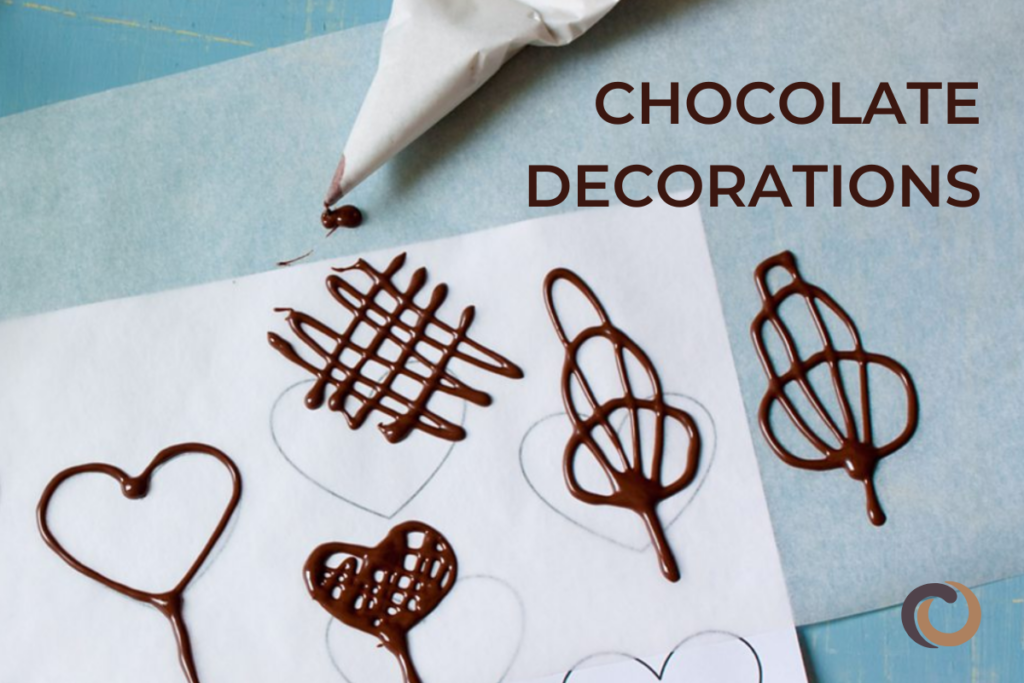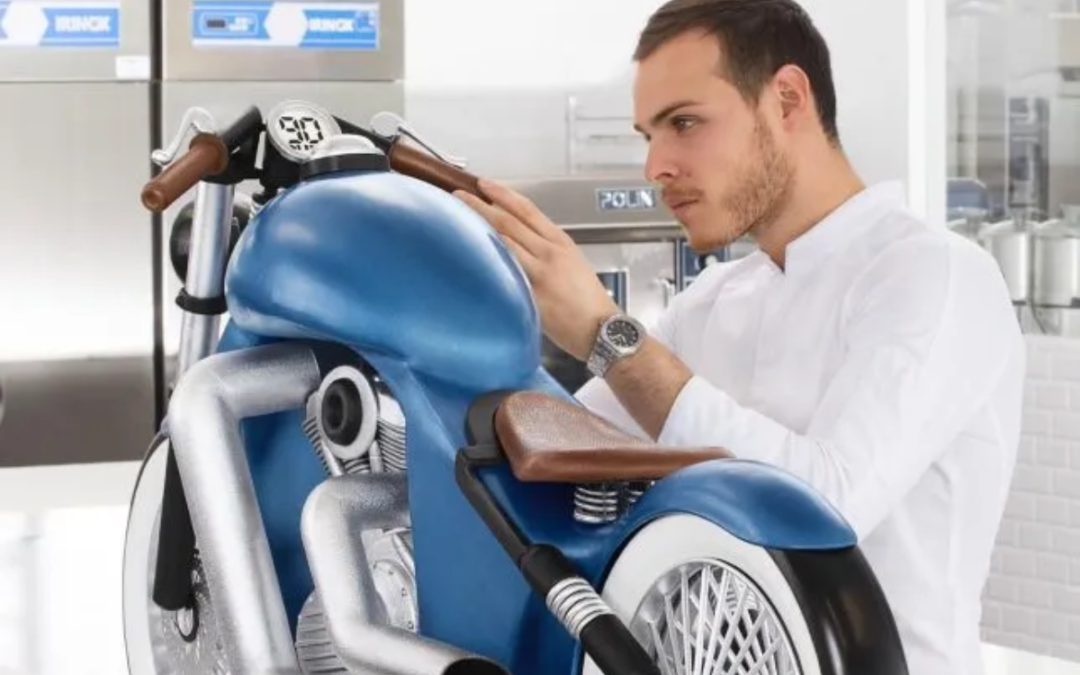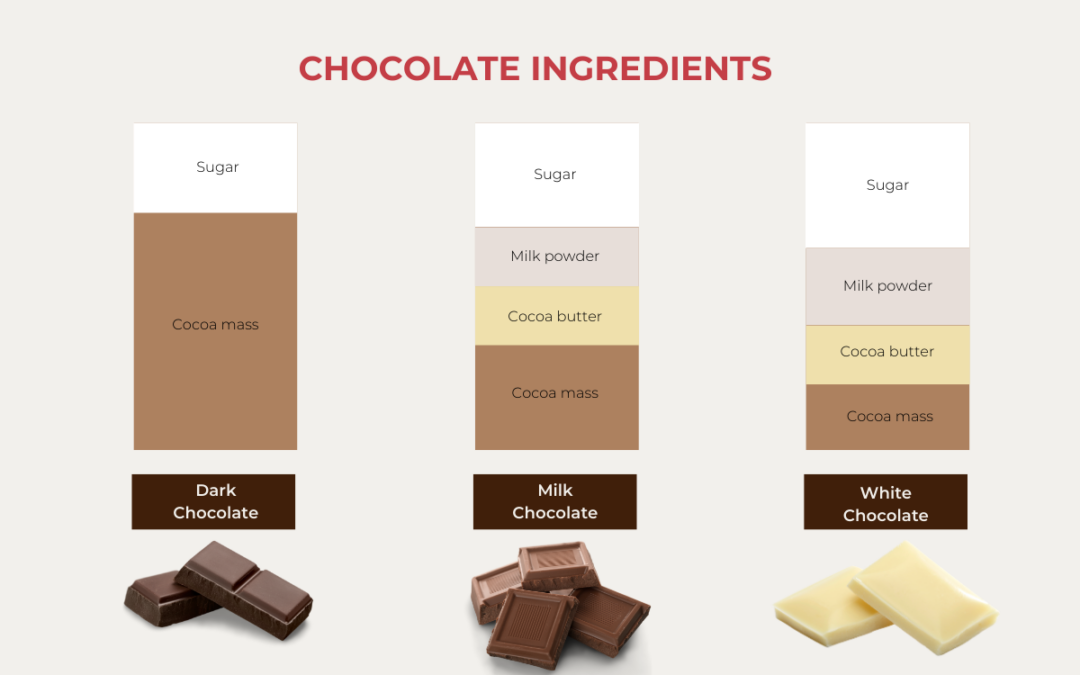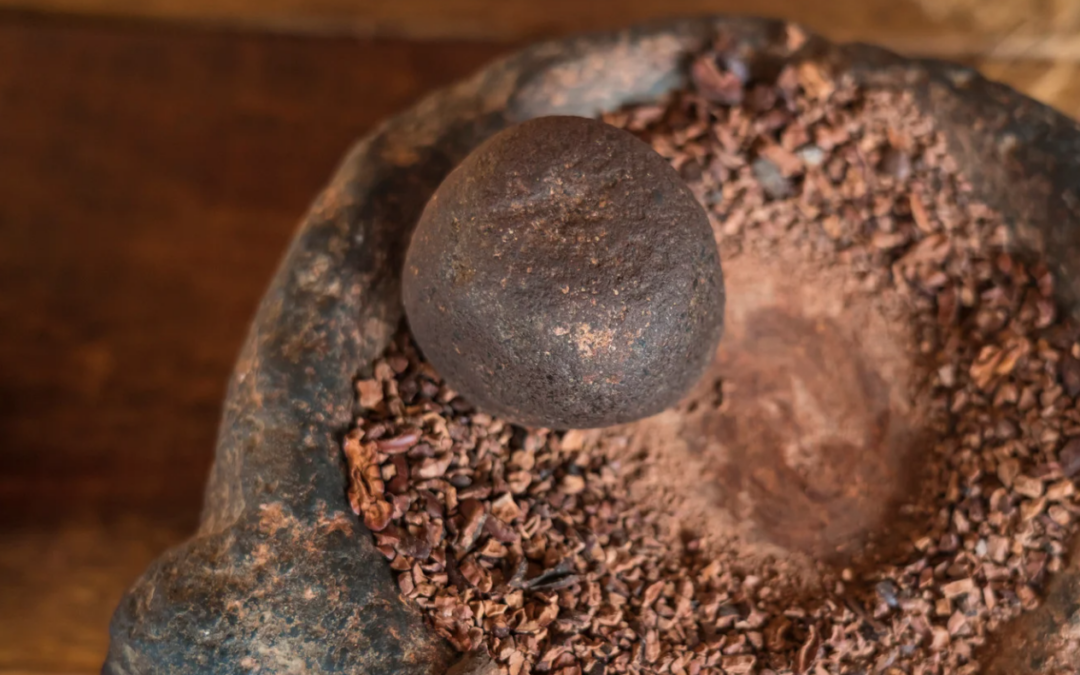Many people love both coffee and chocolate, but what if you could experience both in one bite? No, we aren’t talking about a mocha. Coffee bars mix the rich experience of chocolate with the flavor of coffee. It also includes a boost of caffeine, perfect for those who don’t want to drink more coffee or try energy drinks. Chocolate tastes amazing, and it could do more than just satisfy your cravings. Interestingly, both coffee and chocolate come from beans and are roasted to develop a complex, deep flavor profile with hints of bitterness and sweetness. These caffeinated coffee bar bites give you an energy boost while tasting delicious, making them great for chocolate fans, coffee lovers, or anyone looking for a tasty pick-me-up. In this article, we’ll explain what coffee bars are, how they’re made, and why you might want to try them.
What’s a coffee “chocolate” bar?
A coffee bar is a delicious treat that blends the rich melt of chocolate with the flavor and caffeine boost of coffee. These bars are made by combining coffee, either through ground coffee beans, coffee extract, or espresso powder, with cocoa butter and sugar resulting in a perfect mix of sweetness and coffee’s bitter, energizing effect. They look like chocolate, melt like chocolate, but the flavor is all coffee. They don’t contain any cocoa beans or cocoa solids (only cocoa butter), so the color and flavor comes only from the coffee beans. Coffee bars come in different types, from “dark” with a strong coffee flavor to a “latte” which includes milk for a gentler coffee taste. Coffee bars are a favorite of chocolate and coffee lovers alike, offering a tasty treat when you need a little morning or afternoon boost. A true coffee bar will have only three or four ingredients (and cocoa mass or cocoa beans shouldn’t be one of them!)
Ingredients
- Coffee beans (or extract, such as dehydrated coffee crystals)
- Cocoa butter
- Sugar
- Milk powder (optional)
Origins and definition of a coffee bar
The concept of a coffee bar emerged as a creative evolution of coffee culture, blending traditional coffee preparation with techniques borrowed from chocolate making. By grinding roasted coffee beans into a fine powder and combining it with cocoa butter and sugar, artisans created a smooth, tempered mixture that can be poured into molds. The resulting product mimics the texture and glossy finish of chocolate, but with the flavor characteristics of coffee. Some variations also include milk powder, giving rise to a creamier, latte-style coffee bar. Additional flavorings can also be added, similar to how coffee can be dressed up at traditional coffee shops.
Though its exact origins are hard to trace, coffee bars have gained traction in specialty food circles as a gourmet, portable option for coffee enthusiasts. With roots in both artisanal chocolate-making and modern coffee trends, coffee bars are an example of culinary creativity at its finest, reimagining how coffee can be enjoyed.
How much caffeine is there in a coffee chocolate bar?
The amount of caffeine in a coffee chocolate bar can vary depending on its size and ingredients. Since a coffee bar is not made with cacao but instead uses coffee, the caffeine content primarily depends on the amount and type of coffee used in its production.
A standard coffee bar might contain ground coffee or concentrated coffee extracts. One serving could easily have caffeine levels equivalent to a cup of coffee (70–150 mg of caffeine per serving), depending on the intensity and serving size. If the coffee bar contains added cocoa or chocolate, this would contribute additional theobromine and caffeine, though usually less than the coffee itself (10–25 mg per ounce for dark chocolate).
For an exact measurement, check the product’s packaging or contact the manufacturer. If you’re crafting your own coffee bar, you’ll need to calculate caffeine based on the coffee content and type.
Two other products that fuse chocolate and coffee
- Chocolate with coffee flavor infusion – In this type of chocolate bar, coffee flavor is added through coffee extract, espresso powder, or ground coffee beans mixed into the chocolate during production. This creates a smooth, even coffee flavor throughout the chocolate. The taste tends to be more subtle and integrated, with the chocolate and coffee harmonizing in a balanced way. Bars with infused coffee flavor, often described as a mocha, have a more refined, consistent taste.
- Chocolate with coffee bean inclusion – Coffee bean pieces, on the other hand, involve adding actual coffee beans or ground coffee into the chocolate. These pieces can provide a more intense coffee flavor, with a noticeable crunch or texture in each bite since the coffee bits are not ground up. The coffee flavor is often stronger and more pronounced, especially if the beans are lightly roasted. The texture can vary, from crunchy bits to smaller pieces that melt into the chocolate for a more rustic feel. The ultimate version of this combination is dark chocolate covered espresso beans.
Benefits of coffee chocolate bars
Coffee “chocolate” bars blend the rich texture of chocolate with the energizing power of coffee, offering a variety of benefits. The caffeine content provides a quick energy boost, improving focus and alertness. Both chocolate and coffee are known to enhance mood by stimulating feel-good chemicals in the brain (with caffeine being a stronger stimulant than theobromine). Packed with antioxidants, these bars help protect against oxidative stress. Convenient and delicious, they satisfy chocolate cravings while delivering a caffeine lift. Plus, they may support cognitive function, making them both a tasty and functional treat.
Where to buy a coffee bar?
While not common, there are a few places where you can find coffee bars either online or on store shelves:
- Big Island Coffee Roasters – Espresso Bites
- Schuil Coffee – Coffee Bar
- François Pralus – Square of Black Coffee
- Pocket’s Chocolates – Coffee Chocolates
Can you make coffee chocolate bars at home?
Here’s a recipe for an edible coffee bar that you can make at home. Feel free to adjust the sweetness as needed. You can also add milk powder for a latte version. Note that if you use ground coffee, the coffee bar will have texture to it, while if you use instant coffee, the crystals will dissolve in the mixture.
Ingredients
- 1/2 cup: Cocoa butter (melted)
- 2 tbsp: Powder milk (optional for latte variation)
- 1 tbsp instant coffee
- 2 tbsp: Maple syrup
- 2 tbsp: Raw cane sugar (adjust to taste)
- a pinch: Sea salt
Method
- Use a double boiler to gently melt the cocoa butter until fully liquid. Stir occasionally to prevent scorching.
- Stir the ground coffee into the melted cocoa butter. Ensure the coffee is finely ground for a smooth texture. If you prefer a slightly stronger flavor, use instant coffee or reduce the amount for a milder taste.
- Mix in the maple syrup and raw cane sugar. Stir until fully dissolved and evenly distributed in the cocoa butter.
- Gradually add the milk powder. This will help create a creamy and slightly firm consistency.
- Add a pinch of sea salt to bring out the flavors and balance the sweetness.
- To give the bars a glossy finish and a firm snap, cool the mixture to around 80°F (27°C), then gently reheat it to about 90°F (32°C). This stabilizes the cocoa butter for better texture.
- Carefully pour the mixture into plastic molds, tapping them lightly on the counter to remove any air bubbles.
- Place the molds in the refrigerator for 30 minutes, or until the bars are completely set and firm.
- Once set, gently remove the coffee bars from the molds.
Tips
- Adjust sweetness by adding more or less maple syrup and sugar based on your preference.
- For a creamier texture, slightly increase the milk content.
- Experiment with flavors by adding vanilla extract, cinnamon, or nutmeg for a personal touch.
Your homemade coffee bars are now ready to enjoy—a perfect, portable caffeine treat!
For more great articles and recipes, check out the rest of our CocoTerra blog.
If you have any questions or comments, feel free to contact us through our social media channels. We are @cocoterra_co on Instagram and Pinterest and @cocoterraco on X (aka Twitter) and Facebook.

